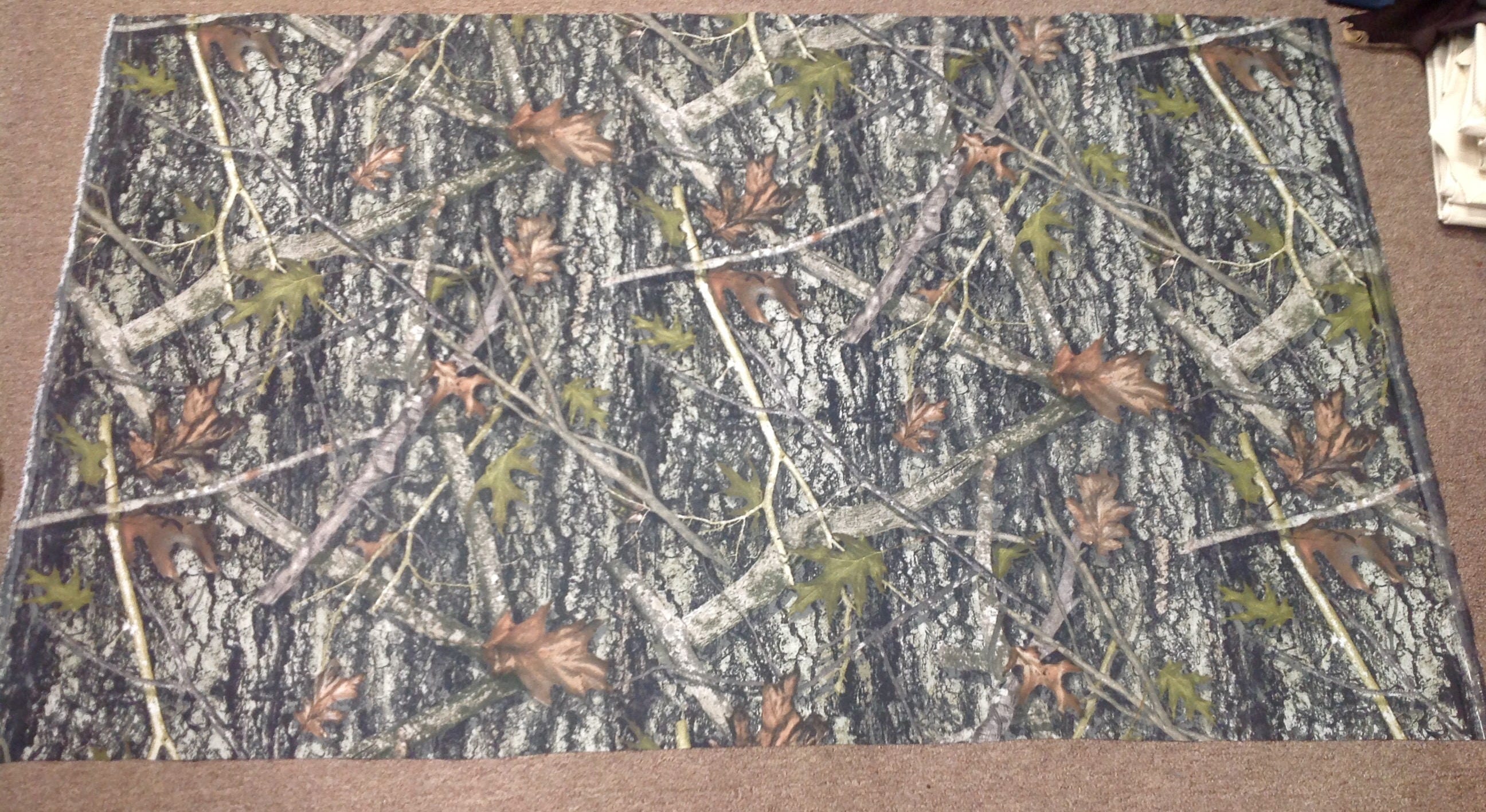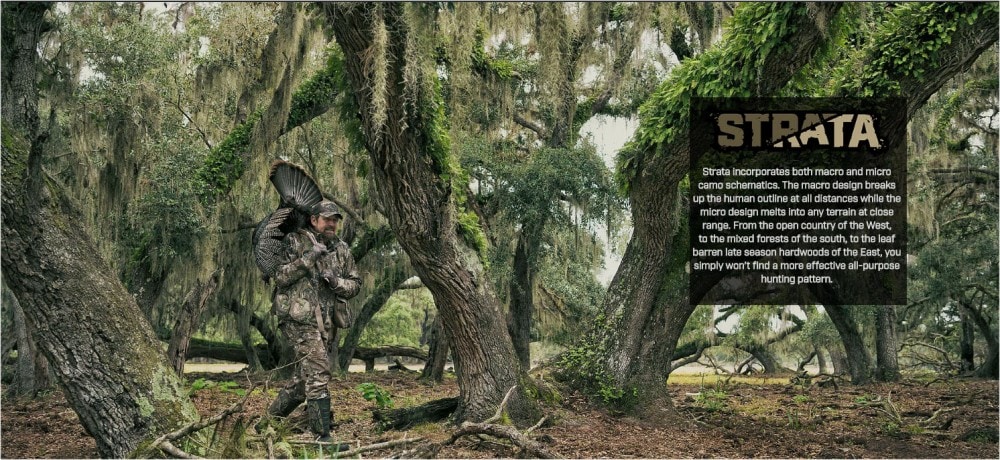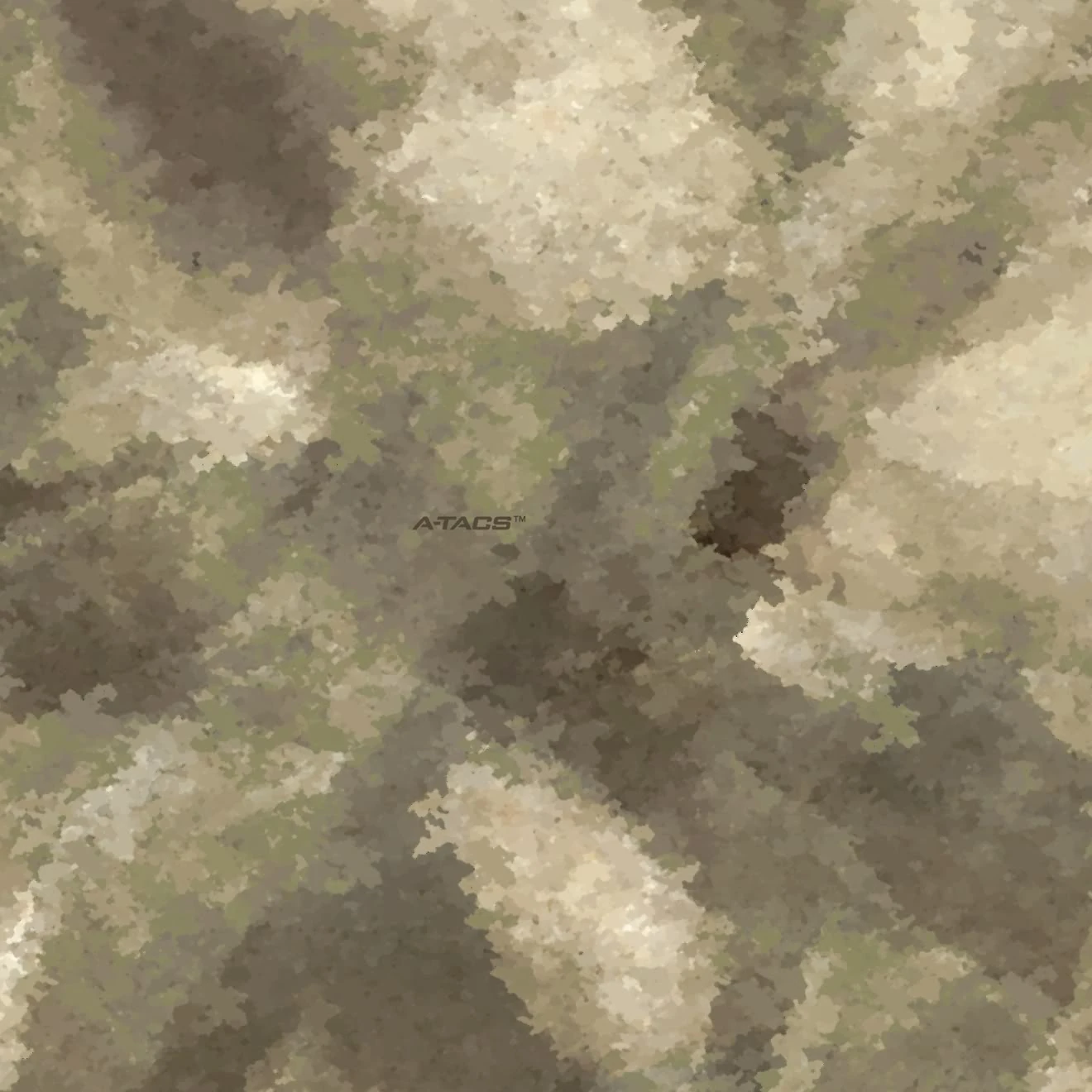
To give you an idea of what type of hunting camouflage I refer to in this guide, I will break it up into three different kinds. The 3 Different Types Of Hunting Camo Patterns There are countless of different variations and manufacturers and limiting your choice just on those two companies is possible, but not necessarily the best way to go. Otherwise, you would be forced to buy everything from the same brand to achieve an overall consistent pattern.Īll that being said, this is by no means all there is to choose from. This brings the advantage of making it easier to combine different hunting clothing to an overall monotone outfit. Both of them make their money with licenses that they sell to hunting gear manufacturers that want to use their patterns on their gear.įollowing that, you can get different gear made by different manufacturers, that all use the same range of patterns. The printing of well researched and designed arrangements of native plants and trees on jackets and trousers was a huge step for the industry. Both companies hold patents for most of the popular patterns, that they gained by simply being the first in pushing forward new technologies. Today there are two big companies, pretty much dominating the market with their camouflage patterns: Realtree and Mossy Oak. Which Brand Offers The Best Camouflage Patterns No, camouflage is not necessary for hunting, but can definitely improve your success. While in the early stages it was a plain combination of different black and green colors, camo patterns bought today are often made from high definition printed limbs, leaves, and other plants. The patterns used for that changed greatly over time. The result is the same, the human silhouette gets broken, making it way easier to hide from the eyes of your prey. 30 years ago companies started printing patterns on hunting gear imitating the environment they were used to hunt in. Today there are fortunately easier ways achieve the same effects, even without taping sticks and leaves to your jacket. As a result, they started to use limbs and bushes to hide and therefore got closer to their prey without being noticed. However, even in the early stages of hunting, people started realizing that their success rate was significantly higher when animals had a hard time seeing them. Well, since humans were hunting animals for thousands of years without even thinking about camouflage patterns, it is safe to say: I use them as examples of the kind of patterns to use in certain terrains, and regions, what you go with is up to you. As a side note, the examples of patterns I use, are specific to certain companies, but the purpose of this article is not to endorse any of them. Before I show what, and where, patterns work the best, I will give a brief description of the different kinds of patterns in use today. I will not be going into great depth on this subject, however I do urge every hunter who is serious about hunting to educate themselves on this subject. Another important aspect of hunting camouflage is knowing how different game animals see you in the different styles. Always look at the habitat you are hunting in, to find the best hunting camo patterns. This is just to show that, although I am giving the best camo patterns for the particular region, I am also using the habitat that is the most widely spread in said areas. The northern pine forests, the deciduous forests in the north-central, the farmland and plains in the central and southern, and the cavernous, dry area in the southeast. It has four different biomes within it’s borders. Take my home state of Minnesota for example. It should be noted, that even these four can be broken down much further. Into four areas the north, the south, the east, and the west for ease of explanation.


This article is going to breakdown the U.S.

The best hunting camo patterns change from region to region in the U.S.


 0 kommentar(er)
0 kommentar(er)
